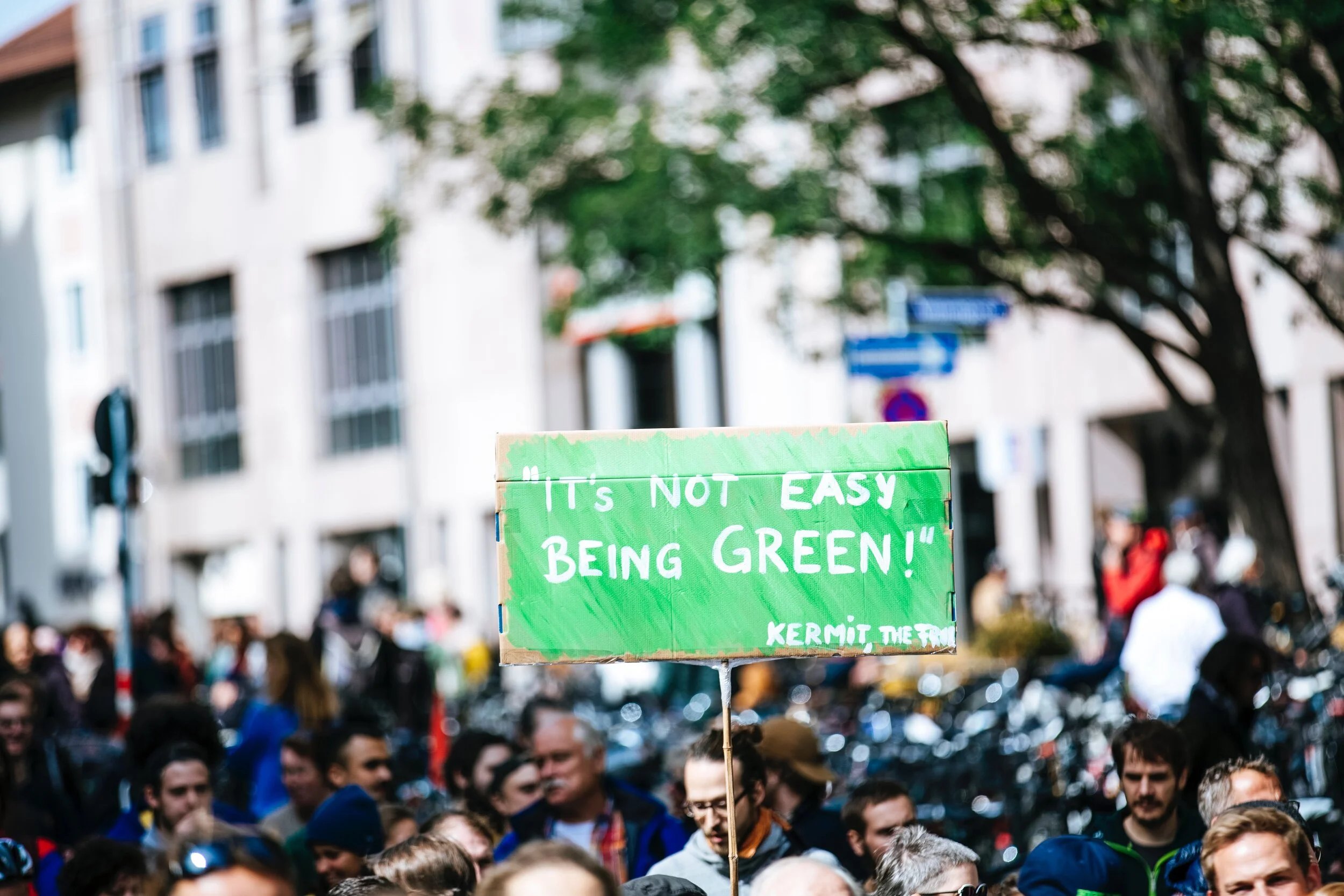A Shopper's Guide To Sustainable Products
A Shopper's Guide To Sustainable Products
So, you want to do what you can for the environment and be more sustainable in your every-day life? Welcome to the club—sustainability and eco-friendliness are hot topics right now.
And consumer habits are witnessing changes in light of this rise in awareness. According to a recent survey, consumers are willing to pay more for clothes considered sustainable and more eco-friendly, a trend which isn’t limited to fashion.
But for consumers wanting to make the right choices and ‘do their bit’, the path isn’t exactly clear. With environmental terminology and jargon coming out of our ears, as well as fact and fiction about the sustainability of items blurred, shoppers need a clear guide to what the options are—importantly—what it all means.
In this blog post, product marketing specialists, Zagwear, provide a shopper’s guide to sustainable products.
What is a Sustainable Product?
The definition of sustainable is ‘the quality of causing little or no damage to the environment and therefore able to continue for a long time’.
But in reality, the impact that a product has on the environment—from its manufacture to eventual disposal—is only part of the story. Products that claim to be sustainable should also consider their social and economic impact.
The three sides to sustainability:
Environmental - impact of a product—from manufacture to disposal—on the environment, such as its carbon footprint.
Social - impact of a product on society, such as trading ethically.
Economic - profitability of a product for the business that brings it to market.
With the growing concern over the future of our planet and turmoil seen across the world which are widely considered the result of Man’s activities, environmental is a key focus for those looking to be more sustainable.
As well as environmental impact, social sustainability is also a focal point, with ensuring workers are paid fairly and kept safe a priority for the 21st century consumer.
Shopping for Sustainable Products
But even with a clear idea of what sustainability is, knowing if a product falls into this category can still be challenging. What should consumers look out for when trying to shop sustainably?
Don’t Get ‘Greenwashed’
Brainwashing consumers into thinking a product is sustainable or eco-friendly, green washing are products which are packaged in a way to make them look like they’re good for the environment, even though they’re not.
Often sporting natural colours and minimalistic design on their packaging, these items are false pretenses. The companies guilty of green washing are often spending more time and money on marketing themselves as environmentally friendly than they are on minimising their global impact.
Delve Deeper Into Brands
If green washing shows one thing, it’s that the word of a brand can’t always be trusted. If you want to shop for sustainably, you need to do the groundwork to find the brands who really are out to do good.
If a brand has taken action to be more sustainable, the chances are that they’ll want to publicise that.
From information on a brands website and social media to employee spokespeople in brick-and-mortar stores, a simple search or question should be able to give you all the information you need to establish if a products sustainability is legitimate.
The environmental impacts of products can be a bit of a minefield. This post has hopefully clarified sustainability, but there’s much more to shopping responsibly.
If you want to know more about this topic, take a look at our in-depth Eco Glossary.
This article was contributed by Daniel Hill, a creatively-driven, product marketing specialist currently responsible for heading up Zagwear’s EMEA & APAC regions. His years of experience in branding, brand activation and promotional merchandise has seen him assist some of the world’s best-known brands with incorporating product-based marketing in their campaigns.


